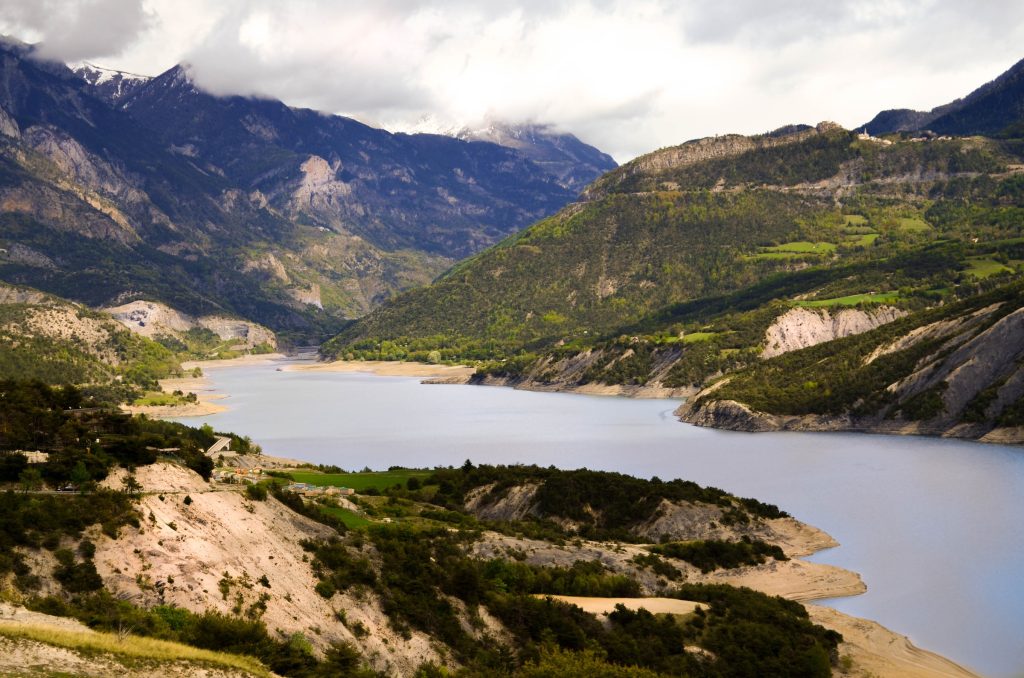
Battling the Bane of Pollution: The Po Valley Crisis
CREMONA, Italy — The persistent smog hovering over the tranquil landscapes of Italy’s Po Valley paints a picture of contradiction — the serene beauty of the region marred by one of the gravest environmental crises in Europe.
For the residents of Crotta d’Adda, a small village nestled in the heart of the Po Valley, the past fortnight has been nothing short of an ordeal. The very air they breathe is tainted with a noxious stench, a byproduct of a local agricultural process that has raised concerns about its potential to harm the environment and human health.
Ground Zero: Crotta d’Adda
The village of Crotta d’Adda, a constituent of the province of Cremona, finds itself surrounded by sprawling farms — the primary sources of the region’s air pollution. The dense concentration of pigs and poultry results in large volumes of faeces, which are later processed into fertilizers. This agricultural practice, known as “sludge spreading,” has come under scrutiny for its production of “defecation chalk” — a substance that can contain waste materials deemed unsuitable for fertilizer usage.
Despite the regional guidelines set by the Lombardy administration, the vagueness of these rules has given rise to ambiguity and skepticism. Locals are left pondering whether their surroundings are contaminated by harmful pollutants.
However, agricultural residues aren’t the only culprits. Cremona, which is renowned for its fine violins, is also witnessing the implications of industrialization. The province suffers from emissions from a steel factory, an aging waste incinerator, and an incessant flux of heavy vehicles.
Giovanna Pirotta, an environmental advocate in Cremona, observes, “For all its cultural richness and history, Cremona is staring at an environmental catastrophe, but the issue rarely sees the light of day. Many choose to live in denial, turning a blind eye to the deteriorating atmospheric conditions.”
The Larger Picture: Po Valley’s Struggle
The woes of Crotta d’Adda are but a microcosm of a much larger issue plaguing the Po Valley, which encompasses significant northern Italian regions. Air quality metrics are grim. An alarming study by The Guardian divulged that over one-third of the valley’s population inhales air saturated with particulates at concentrations quadrupling the recommended limits set by the World Health Organization.
It’s not merely about compromised air quality. The repercussions manifest in the health of the region’s inhabitants. The European Environment Agency (EEA) highlighted a disturbing trend: Cremona recorded the highest proportion of deaths attributed to fine particulate matter in Italy. The invisible enemy, PM 2.5, is linked to an array of ailments ranging from cancers and respiratory disorders to cardiovascular issues.
Maria Grazia Petronio, a medical environmentalist, warns, “The omnipresence of PM 2.5 is a silent killer. No organ remains untouched by its onslaught.”
The Dual Challenge
The topography of the Po Valley, bordered by towering mountain ranges and distant from the sea, makes it naturally susceptible to pollution. Yet, this doesn’t absolve the region’s industrial and agricultural activities from accountability.
Lombardy stands as Italy’s industrial and agricultural linchpin, contributing significantly to its GDP. The province of Cremona is pivotal, producing substantial quantities of animal waste, with dairy and pig farming being predominant.
Michele Arisi, a local environmental activist, voices concerns about the region’s approach to sustainable development. “The evidence is undeniable. Yet, instead of curbing pollutants, there’s a relentless drive towards furthering industrialization and traffic congestion,” he remarks.
The Path Forward
Efforts to address the environmental crisis are underway, albeit at a pace that many argue is too leisurely. Lombardy has reported a gradual decrease in coarse dust particle levels in the past decade. With investments surpassing €19bn, the focus has shifted to improving mobility infrastructure and promoting cleaner vehicles. However, meeting the EU’s ambitious 2030 air quality benchmarks remains a formidable challenge.
Giorgio Maione, the Lombardy councillor for the environment, acknowledges the efforts while emphasizing the unique geographical challenges faced by the region. “We’re committed to the objectives, but we need a different approach. The goals, as they stand today, might necessitate unprecedented sacrifices,” he suggests.
As the sun sets over the Po Valley, casting a golden hue on its landscapes, the battle against pollution rages on. The serene vistas beckon for respite, a plea echoing the hopes of countless inhabitants yearning for cleaner air and a healthier tomorrow.
©eco-guardians.org